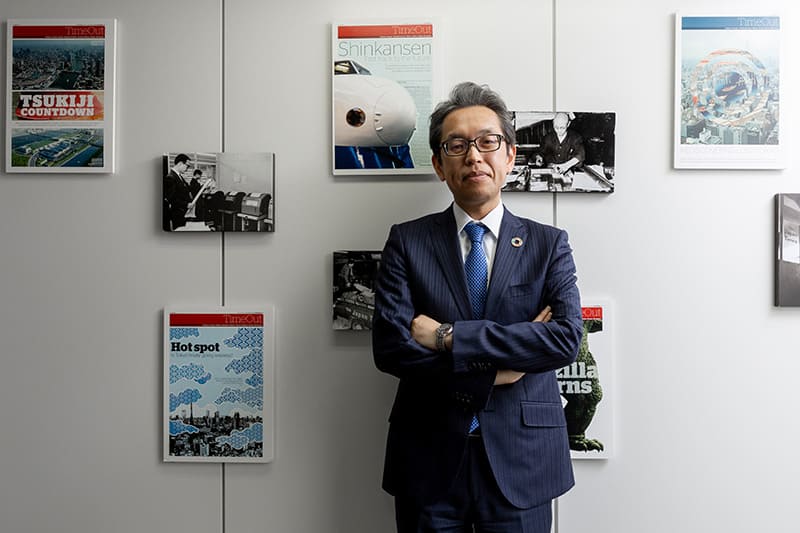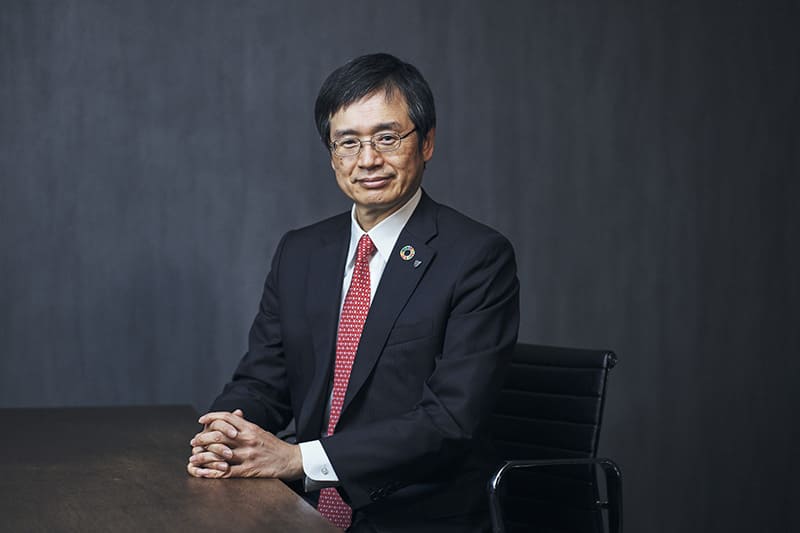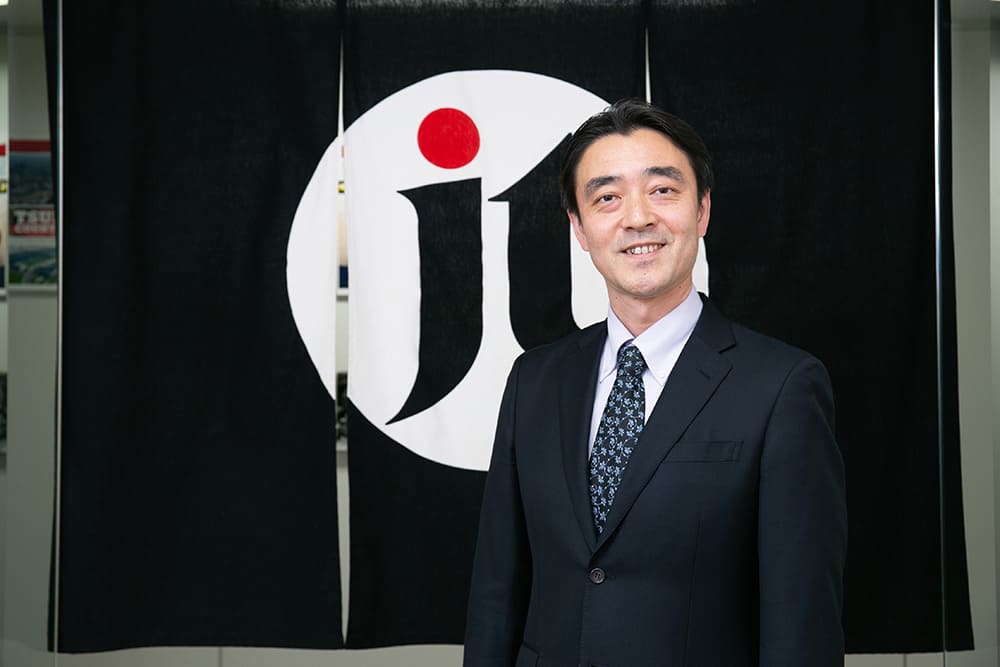February 19, 2021
Exploring Japanese companies from ESG perspective

In this first ESG Talk, Japan Times publisher Minako Suematsu interviews Nissay Asset Management Corp. President and Chief Executive Officer Hiroshi Ozeki, a business leader actively involved in efforts to achieve a sustainable society in Japan. She asks him about the current state of ESG (environmental, social and governance) investing in Japan and aspects of it that Japanese companies excel in.
Public-private efforts
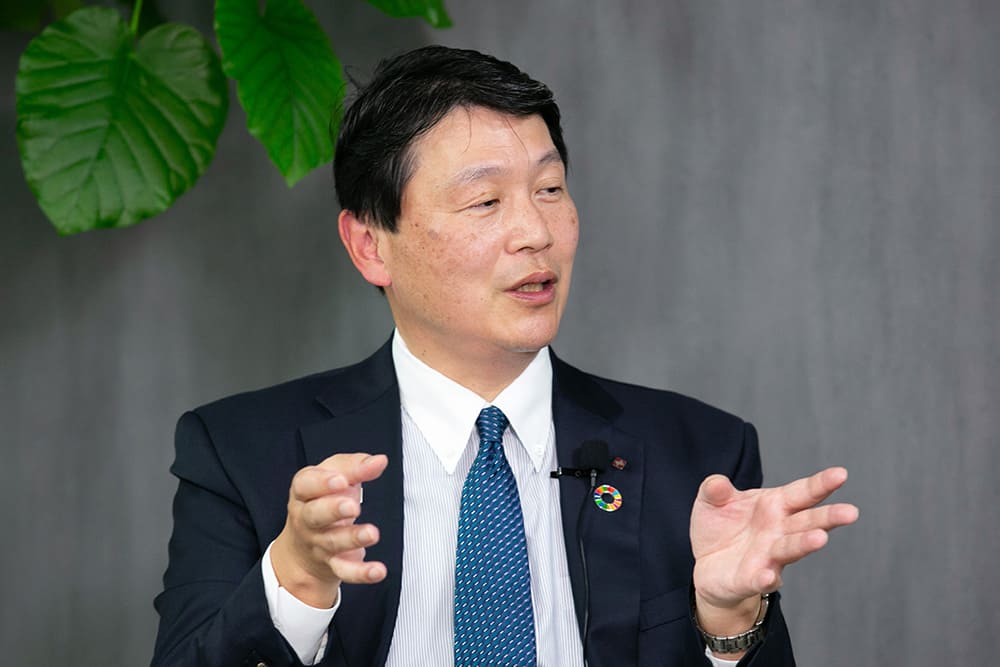
Were there any major changes in ESG investing trends in 2020?
Since 2008, Nissay Asset Management has taken ESG ratings of companies into account in managing Japanese stock portfolios. I think we are the only company in Japan that has a track record of managing ESG funds for over a decade. In 2020, Prime Minister (Yoshihide) Suga said Japan aims to become a carbon-neutral society by 2050 in his first policy speech. I can directly perceive that moves to promote ESG investing are accelerating in all industries, driven by efforts in both the private and public sectors.
Now that Suga has made the pledge, business executives who have hesitated to make a long-term, large-scale investment have no choice but to accept that they must do it. So I think signs of a significant change are clearly visible.
There is a view in the international community that Japan is lagging in taking ESG measures.
In Japan, the share of coal thermal power was large, and the country had yet to have a definitive (energy) policy. This was a key reason why Japan had been exposed to criticism from the international community. But in reality, the levels of Japanese companies’ efforts are at the vanguard of global moves.
To give you one example, as of the end of December 2020, the number of Japanese companies recognized by the international nongovernmental organization CDP with a rating of “A” totaled 66. That is the highest number for any country. The number of Japanese companies that have endorsed the information disclosure recommended by the Task Force on Climate-related Financial Disclosures, an international framework, totals 329. Again, it is the highest figure for any country. Forty-six Japanese companies, or the second-highest number for any country, support the RE100, a global initiative encouraging businesses to transition to 100 percent renewable electricity.
In Japan, ESG awareness started to grow among businesses as they worked to strengthen governance and implement ROE reforms to increase shareholder returns, encouraged by the Abenomics growth strategy, which aimed to take the country out of a period of low growth and deflation. Are you aware of any examples of Japanese companies whose efforts to enhance ESG aspects of their business led to improved earnings?
At Nissay Asset Management, we attach importance to engagement with investee companies and check their activities and achievements in ESG areas. We have shared awareness (about the need to eliminate) child labor in the supply chain with a palm oil company. The company, which had already stepped up measures to strengthen ESG-aware management and achieved some success, publicly announced a target of zero child labor at plantations where its palm oil is sourced by 2030. I understand there was internal opposition due to cost considerations, but the company eventually was able to expand sales channels after the traceability of its supply chain improved, and its efforts to address human rights issues were regarded highly by European and U.S. companies.
It is not totally clear to what extent our dialogue impacted the company’s decision, but we hope we can drive reforms (at investee companies) by encouraging them to improve ROE where necessary and reminding them that we are in support of companies that face their issues squarely. We conducted 1,600 meetings for dialogue in 2020.
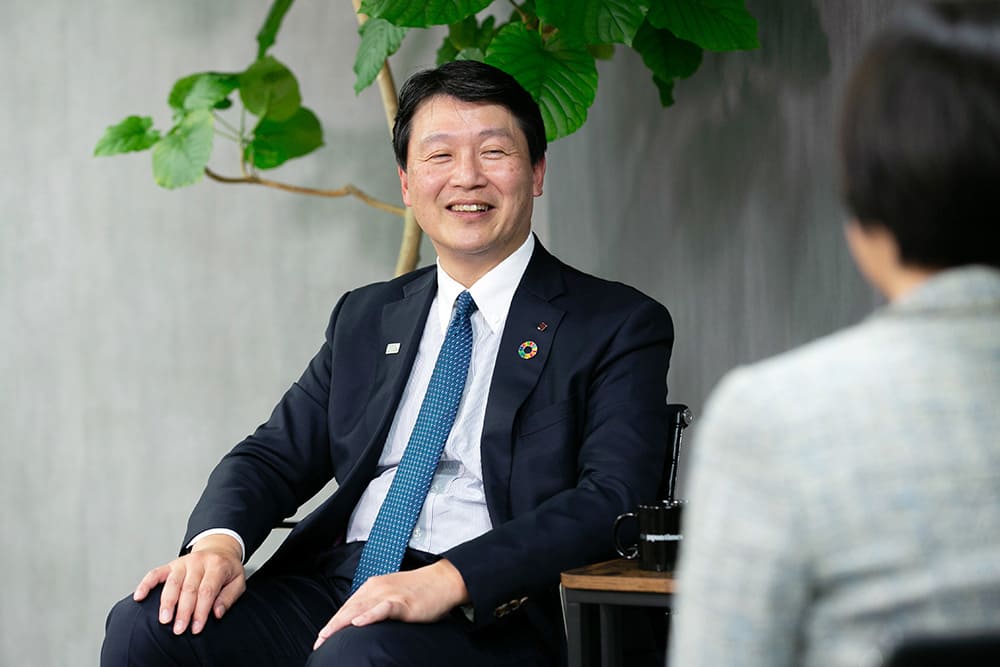
Tailwind from Japanese tech
What about examples of Japanese companies’ technologies contributing to ESG performance?

Awareness of the need to conserve energy and resources has been high for many years in Japan, and so we have many outstanding fundamental technologies. For example, one home builder sells “net zero energy houses,” which are detached homes with solar panels installed on the roof. In addition to featuring the capability of generating their own power as a selling point, the company paid attention to their design. It also buys surplus power (from these houses) as part of its efforts to achieve the RE100 goal. It’s an initiative that has a significant impact on saving energy and saving resources.
Japanese companies are good at reducing energy consumption of white goods such as air conditioners. Some of them have deals with regulatory authorities to help promote (energy conservation). There are many examples of companies that have achieved success in using energy-saving products to develop overseas markets and help conserve the environment.
As energy prices are high in Japan compared to European countries and the U.S., Japanese awareness of the need to save energy has been high since a long time ago. As carbon pricing is introduced in Europe and the U.S. and even emerging economies, and energy prices go up in some way or other, awareness of conserving energy will grow among consumers because they will now have to think of higher energy costs, not just the need to protect the environment. I think the global market is becoming right for (energy-saving) Japanese products to be accepted.
So the timing will soon be right for Japanese companies to showcase their technologies.
I think there are many things companies and the government can do for that. Japan has strong fundamental technologies for generating and storing electricity. Technologies for lithium-ion (batteries), hydrogen batteries and LEDs are examples.
Japan’s solar panel technologies are also advanced, including for cutting-edge thin-film solar cells. Using this technology, it is possible to generate power in a car from film affixed to the surface of the roof or a window, and there are people actually working to develop such products.
ESG activities and profit
Discuss your criteria for ESG investing.
I think there’s still no established consensus in the industry as to what exactly ESG investing is. For example, ESG index providers give varied ratings on the same companies, and there is almost no correlation among their assessments.
Nissay Asset Management assesses companies on their efforts on the “E,” “S” and “G” and the impact on their earnings from such efforts. We don’t give a high rating to a company, even if it’s doing great from the ESG perspective, unless such efforts have helped improve earnings or have a significant bearing on its corporate value. ESG investing assesses what kind of ESG activities a company is committed to and how they have led to improved earnings. In that respect, ESG investing is different from (the concept of) corporate social responsibility, which does not necessarily pursue profit.
Whether they pursue ESG activities, CSR or (U.N.) sustainable development goals, companies need to generate profit to sustainably maintain such efforts. The key is for them to incorporate environmental goals, such as carbon neutrality and plastic reduction, into their business and nurture and increase germs of businesses that they can commit to, using in-house technology where possible.
Discuss Nissay Asset Management’s stewardship reports, which first came out in 2020.
The reports outline our stewardship activities for investors and customers. Our aim is to send a message to investors, as well as consumers behind them, that asset management companies are interested in promoting ESG efforts by encouraging ESG initiatives through engagement, which I mentioned earlier. I think it will be great if we can serve as a catalyst, providing moral support to business executives (starting or continuing activities) or giving them opportunities to realize what they should be aware of.
It is easy to find ways to improve (what you need to improve), but it takes time to take action and achieve actual improvement. To assist them in that process, on our part, we must continue to say the things we should say and praise commendable efforts to, for example, maintain a sustainable management structure or build a viable business model.
They may face issues that won’t change in two or three years, but it is important for executives to work steadily on each of them to show that they have the grit to achieve the goals. By doing so, they may come up with innovations in the process or realize that technology they need exists right near them, so that they can reach their goals dramatically sooner.





